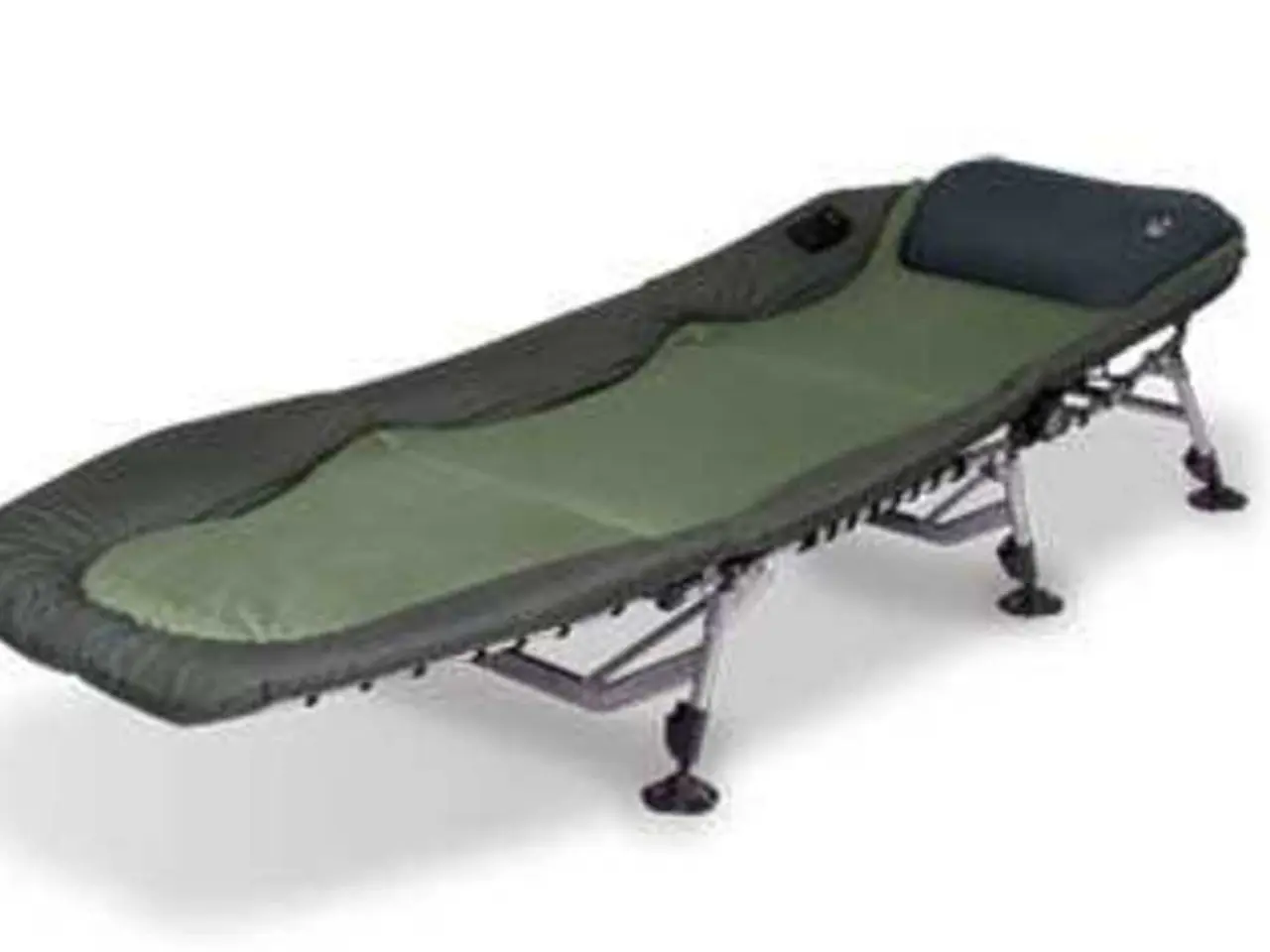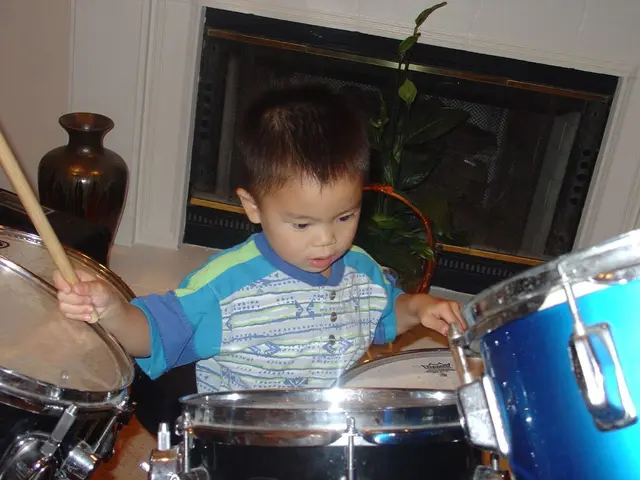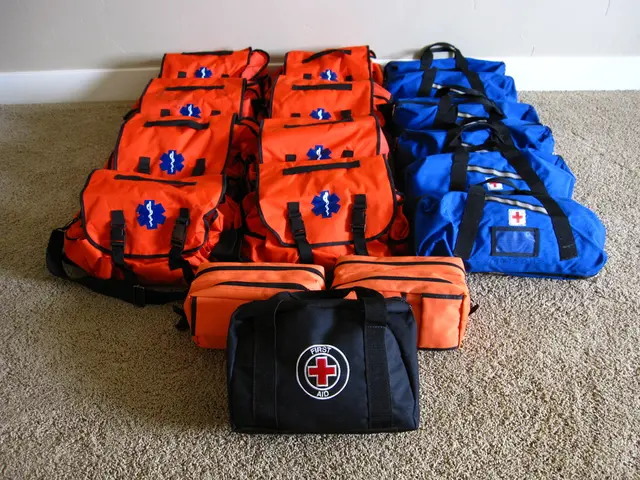Back discomfort while bending: Origins and relief strategies
Lower back pain is a common issue that many people experience at some point in their lives. One of the most common causes of lower back pain when bending is muscle strain, which occurs when the muscles supporting the spine are overstretched or torn during movement. Other factors contributing to this pain include degenerative disc disease, lumbar facet joint pain, improper lifting techniques, and repetitive bending.
Degenerative disc disease is a condition that affects the spine as we age. As discs lose height and moisture, they lose their cushioning, making simple movements like bending painful due to pressure on discs that may bulge or herniate. Lumbar facet joint pain can also be a culprit, as repetitive bending or twisting motions can inflame these joints, increasing pain during bending or related movements.
Poor posture, prolonged sitting or standing, arthritis, spinal stenosis, and postural abnormalities like hyperlordosis can also contribute to lower back pain on bending. Arthritis, for instance, can affect the joints in the back, causing pain.
To treat and prevent lower back pain when bending, it's essential to focus on restoring strength, flexibility, and promoting safe movement habits. Physical therapy programs can help, with customized programs focusing on exercises and stretches to improve flexibility, strengthen core muscles, and reduce pain. Manual therapy techniques and modalities like heat, cold, ultrasound, or electrical stimulation can aid healing.
Ergonomic adjustments can also help prevent injury. Improving posture and work environments, using proper body mechanics, and avoiding repetitive strain are crucial steps to take. Proper lifting techniques, such as using legs rather than the back to lift, avoiding twisting while bending, and not overexerting, can reduce strain on lower back structures.
Core strengthening and gentle movement are also key to preventing and treating lower back pain. Maintaining strong abdominal and back muscles supports the spine and minimizes degenerative stress. For issues like degenerative disc disease or arthritis, approaches may include medication, activity modification, and targeted therapy to control symptoms.
If back pain worsens despite home care or does not resolve within 2 weeks, it may be a good idea to see a doctor. In some cases, a herniated disk may require surgical intervention, such as spinal fusion. However, it's worth noting that the American Academy of Orthopaedic Surgeons estimates that sciatica goes away without surgery in 80-90% of people with the condition.
Spondylolithesis, a stress fracture in a spinal vertebra that often occurs in younger athletes, can also cause lower back pain. Symptoms include pain in the buttocks and thighs, as well as pain that gets worse with activity. Treatments for spondylolithesis include resting and avoiding activities that put pressure on the lower back, physical therapy, and a brace to support the back during physical activity.
In rare cases, a herniated disk may cause loss of control of bowel or bladder functions, requiring immediate medical attention. Similarly, if someone is unable to move any muscle or joint in their lower extremities or loses control of their bowels or bladder, it constitutes a medical emergency that requires immediate treatment.
In conclusion, lower back pain when bending is a common issue with various causes. By focusing on restoring strength, flexibility, and promoting safe movement habits, as well as making ergonomic adjustments and using proper lifting techniques, we can prevent and treat this pain effectively. If symptoms persist or worsen, it's important to seek medical advice.
- Bipolar disorder is not related to lower back pain, but it's a mental health condition that necessitates proper medical treatment and management.
- Breast cancer can affect a person's overall health and wellness, but it's not a direct cause of lower back pain when bending.
- Established chronic diseases like diabetes, colitis, psoriasis, Crohn's, other joint pain, urinary health issues, COPD, spondylitis, rheumatoid arthritis, cancer, and cardiovascular health conditions require regular monitoring and management.
- Diabetes Type 2 and other chronic kidney diseases can complicate knee and hip joint pain, but they don't directly cause lower back pain during bending.
- Migraines, depression, eczema, and other neurological disorders may not typically cause back pain, but they often require medical-grade pain medications for treatment.
- Seekers of health and wellness solutions may find help in therapies and treatments for chronic diseases, chronic kidney disease, COPD, respiratory conditions, digestive health, eye health, and hearing issues.
- Fitness and exercise play a crucial role in managing obesity, osteoarthritis, other joint pain, and back pain, making them essential components of a comprehensive health management plan.
- It's worth noting that Alzheimer's disease and autoimmune disorders like multiple sclerosis do not directly cause lower back pain during bending.
- Mental health conditions like depression and anxiety are often comorbidities with physical health problems, including lower back pain.
- To manage neurological disorders like migraine, mental health issues, and neurological disorders, a combination of lifestyle changes, medications, therapies, nutrition, and regular medical check-ups may be necessary.
- People with chronic diseases, chronic kidney disease, COPD, respiratory conditions, digestive health problems, skin conditions, and mental health conditions should follow their treatment plans diligently for effective pain management.
- AQ (Label-free quadrupole time-of-flight mass spectrometry) technology can help scientists better understand various medical conditions, including chronic diseases, neurological disorders, and digestive health issues.
- The NFL, NCAA football, American football, and other sports often involve repetitive motion and impact, which can lead to other pain medications, such as nonsteroidal anti-inflammatory drugs (NSAIDs), being used for addressing sports-related injuries.
- Sports analysis and injury prevention programs play a vital role in minimizing the risk of lower back pain, other joint pain, and other sports-related injuries.
- Football players, like athletes in other sports, may experience other joint pain, osteoarthritis, or ankylosing spondylitis, which can be managed through a combination of treatments, rest, and exercise.
- Medications like nonsteroidal anti-inflammatory drugs (NSAIDs) and analgesics can help manage pain and inflammation in conditions like osteoarthritis and ankylosing spondylitis.
- Ankylosing spondylitis, a type of arthritis that primarily affects the spine and sacroiliac joints, can cause chronic pain, stiffness, and restricted movement.
- Treaters specializing in chronic diseases, chronic kidney disease, COPD, respiratory conditions, digestive health problems, skin conditions, mental health issues, and autoimmune disorders can help develop a personalized treatment plan based on a person's unique needs.
- Asthma, a chronic respiratory condition, shares some symptoms with COPD, such as shortness of breath, coughing, and wheezing, but it has different underlying causes and requires different treatments.
- The science behind various medical conditions, including chronic diseases, neurological disorders, respiratory conditions, and digestive health issues, is always evolving, thanks to ongoing research and innovation.
- A combination of lifestyle changes, medications, therapies, nutrition, and regular medical check-ups may be necessary to manage conditions like chronic kidney disease, COPD, skin conditions, and mental health issues.
- In addition to physical therapy, treatment options for conditions like COPD, asthma, and other chronic respiratory conditions may also include bronchodilators, corticosteroids, and inhalers.
- Spondylolisthesis, a stress fracture in a spinal vertebra, can cause chronic lower back pain and may necessitate a brace, physical therapy, and, in severe cases, surgery.
- Western medicine and traditional forms of healing, like nutrition, yoga, and meditation, can complement each other in managing various medical conditions, including chronic diseases, neurological disorders, and mental health issues.
- The prevalence of other joint pain, osteoarthritis, autoimmune disorders, and mental health conditions among the population highlights the importance of holistic health care.
- People with ankylosing spondylitis may benefit from a combination of medication, physical therapy, and lifestyle modifications, such as maintaining a healthy weight and practicing proper posture.
- Pharmacological treatments for conditions like depression, anxiety, and chronic diseases often include antidepressants, antipsychotics, and mood stabilizers.
- In some cases, the progression of chronic diseases, chronic kidney disease, COPD, and rheumatoid arthritis may necessitate collaborative care involving multiple healthcare professionals.
- Nutritional interventions can play a crucial role in managing various medical conditions, such as obesity, diabetes, and cardiovascular health.
- The aforementioned medical conditions, such as chronic diseases, digestive health issues, mental health problems, and autoimmune disorders, often have complex and interconnected causes and require a comprehensive approach to treatment.
- In terms of infectious diseases, factors like hygiene, sanitation, and immunization can help reduce the risk of conditions like ulcerative colitis and other digestive health issues.
- The type and dosage of medications for Depression, anxiety, bipolar disorder, and other mental health conditions are often tailored to the individual, based on factors like the severity of symptoms, treatment history, and potential interactions with other medications.
- Otherpain affecting the joints and muscles in the body can be addressed through a combination of pain medications, physical therapy, and lifestyle changes, including proper nutrition, exercise, and rest.
- Ergonomic adjustments at the workplace, like the proper use of office chairs, desks, and other equipment, can help prevent and manage various medical conditions, including lower back pain and other joint pain.
- A comprehensive and personalized approach to healthcare is essential for managing and preventing a wide range of medical conditions, including chronic diseases, respiratory conditions, digestive health issues, and mental health problems.







